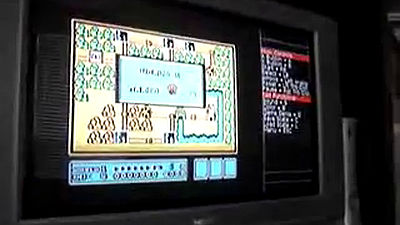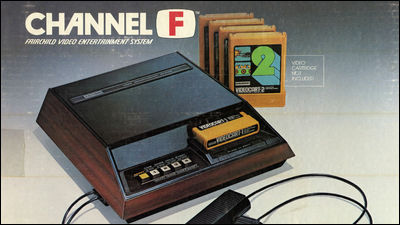Why was the Famicom sold as the 'NES' in the US? A former Nintendo employee explains on the 40th anniversary of the NES's release

by
Nintendo's Family Computer (Famicom) was marketed in the United States under the name 'Nintendo Entertainment System (NES),' and the console, controller, and cartridges all had completely different shapes. A former employee of Nintendo of America (NoA) spoke at a panel discussion commemorating the 40th anniversary of the NES's release about why the company decided to market the console with a new design instead of keeping it as the Famicom in Japan.
Former Nintendo employees reveal what it took to launch the NES in America - Hanafuda Report
https://hanafuda.report/articles/former-nintendo-employees-reveal-what-it-took-to-launch-the-nes-in-america/
We Launched the NES 40 Years Ago Today - Gail Tilden, Lance Barr, Bruce Lowry - PRGE 2025 Portland - YouTube
The panel discussion featured Bruce Lowry, a key member of Nintendo of America (NoA) and vice president of sales at the time; Gail Tilden, who was in charge of packaging and advertising as marketing communications manager; and Lance Barr, the designer responsible for the design of the NES console.

The biggest problem NoA faced in the 1980s was the complete collapse of the American video game market, known as the '

Furthermore, the Famicom, which had been successful in Japan, had a design that was unacceptable to the American team. Barr felt that the cream-colored console and controller design looked like a 'cheap toy,' and Lowery agreed that it 'looked very cheap.' Since retailers would reject the product as a 'video game,' NoA had to redefine the product as an 'entertainment system.'

Burr was instructed to design the Famicom not as a cheap toy, but as a sophisticated 'electronic device' like an audio device. Burr's first design was a modular system called the Advanced Video System (AVS), which was an advanced device equipped with a wireless controller, keyboard, and data cassette deck. However, although the AVS was unveiled at CES in January 1985, it was not actually a working machine; instead, it was actually a Sharp television with a Famicom cartridge inserted.
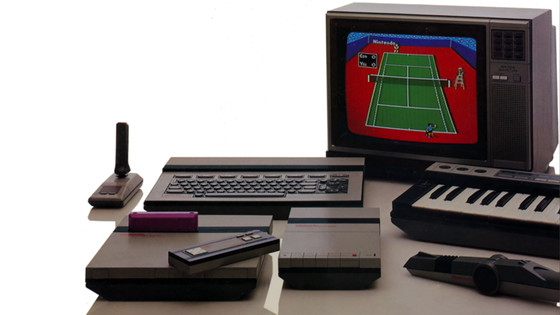
Ultimately, the AVS concept was changed due to cost and technical issues, and the NES design was quickly developed. At the request of Japanese engineers, a 'zero-force connector' was adopted, where the cartridge was inserted front-loading and pushed down to prevent dust from entering, resulting in a VCR-like appearance.
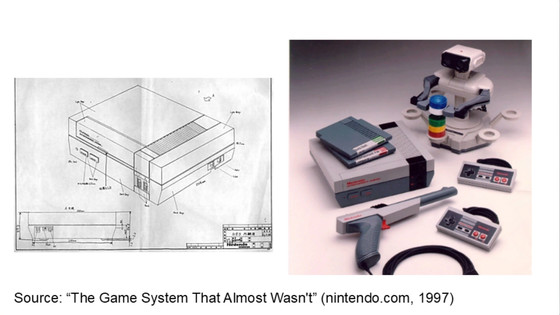
As the market rejected 'video games,' the team needed to demonstrate that their product was something more. The robot was strategically introduced. While Rowley initially thought it was 'the most ridiculous thing he'd ever seen,' the robot ultimately became the perfect 'fishing lure' or 'Trojan horse' to attract the attention of retailers and consumers. The robot symbolized that the product was a new 'entertainment system' distinct from Atari.
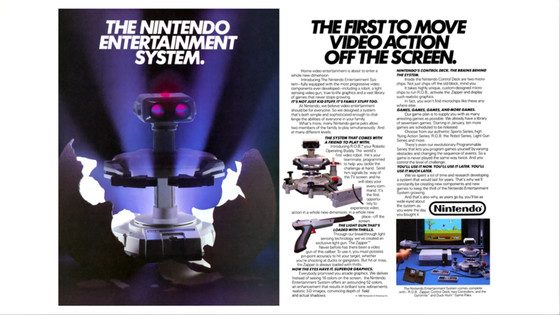
The robot itself was criticized by employees' children for being 'too slow,' but management decided to 'accept the challenge' and put the robot at the forefront. Also, a survey in New Jersey showed that mothers strongly opposed the word 'gun,' so the 'light gun' was quickly renamed to the more futuristic 'zapper.'
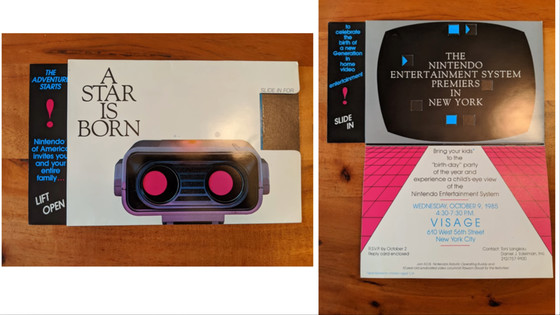
One of Atari's mistakes was that the packaging illustrations were far removed from the actual game screen. Tilden and his marketing team decided to avoid repeating this mistake by using graphics similar to the pixel art in the game on the packaging, creating a design that would not disappoint consumers. Furthermore, to gain consumer trust, Gale created the 'Nintendo Seal of Quality.'
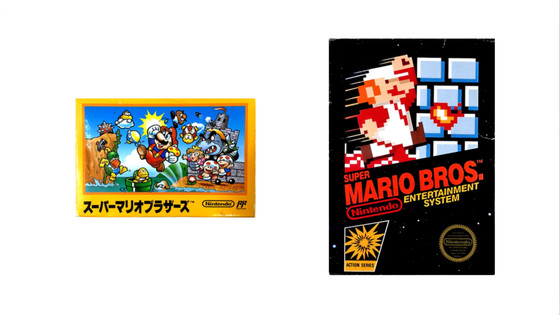
Additionally, to prevent the market from being flooded with low-quality third-party games, the NES console and cartridges were equipped with a CIC chip called '10NES.'

In October 1985, NoA began test sales of the NES in limited markets around New York. The team worked in a squalid New Jersey warehouse, plagued by snakes, rats, and hurricanes. Retailers were resistant, and according to Don James, manager at the time, when they set up displays in stores, they were routinely turned away, with the message, 'We have no business putting this junk in our stores.'
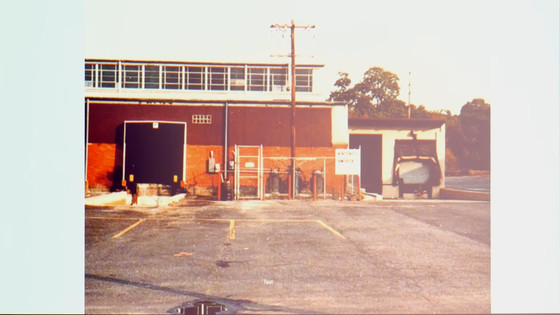
The key to its ultimate success was the overwhelming quality of the product, especially the fact that it offered an 'exactly the same arcade experience at home.' To convince skeptical retailers and consumers, Tilden organized a mall tour featuring New York Mets baseball player

Related Posts:


